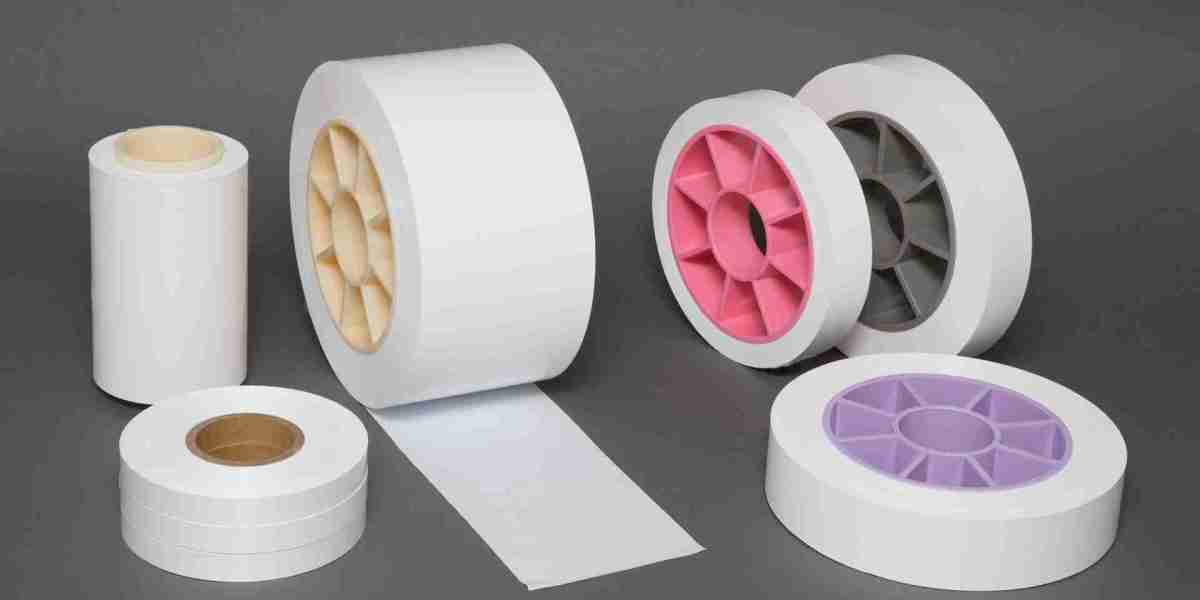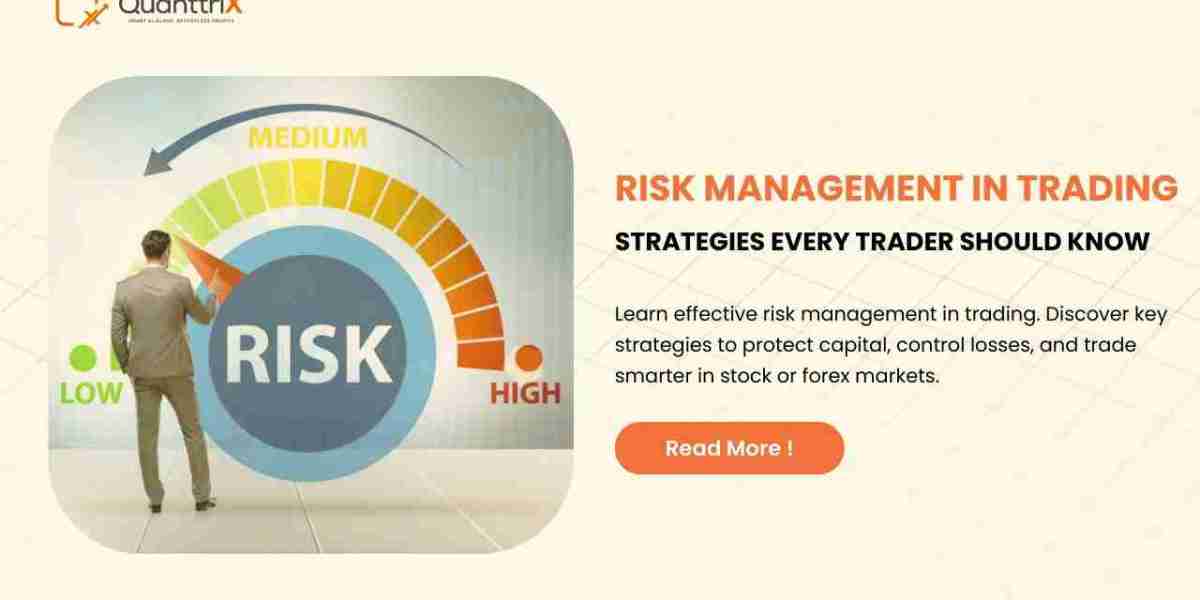The lithium ion battery separator market developments are redefining how energy is stored, managed, and utilized in the modern world. As demand for high-performance batteries rises in sectors like electric vehicles (EVs), consumer electronics, renewable energy, and industrial systems, the battery separator—an essential component ensuring both efficiency and safety—has seen significant innovation. With the spotlight on cleaner, longer-lasting, and safer energy storage, manufacturers and researchers are focusing intensely on separator improvements that align with evolving industry needs.
A separator in a lithium-ion battery serves a crucial function: it physically divides the anode and cathode while permitting the flow of lithium ions between them during charge and discharge cycles. A fault in this component can lead to serious performance issues or even battery failure. As a result, recent market developments are highly concentrated on enhancing separator reliability and safety through advanced materials and production techniques.
One of the most significant changes in recent years is the introduction of ceramic-coated separators. Traditional polyethylene (PE) and polypropylene (PP) separators have been effective, but they have limitations in high-temperature environments. Ceramic coatings offer improved thermal stability and resistance to shrinkage, reducing the risk of short circuits and thermal runaway. These separators are particularly well-suited for EV batteries, which operate under intense and fluctuating conditions.
Parallel to this, there has been a strong push toward multi-layer separator designs. By combining multiple materials and layering techniques, manufacturers can produce separators with tailored properties—such as high porosity, mechanical strength, and excellent electrolyte retention. These advancements contribute to longer battery life, faster charging, and better overall performance, making them ideal for both automotive and consumer applications.
Another noteworthy development is the adoption of dry process manufacturing techniques. Unlike the traditional wet process, which uses solvents, the dry process reduces environmental impact and production costs. It also allows greater control over separator thickness and uniformity, which is vital for modern high-capacity batteries. As sustainability becomes a priority across industries, dry manufacturing processes are gaining popularity among major players in the battery supply chain.
Nanotechnology is also being increasingly applied in separator development. By introducing nanoscale coatings or embedding nanofibers, manufacturers can dramatically enhance the ionic conductivity, thermal resistance, and strength of separators. These innovations are especially important for next-generation batteries that aim for higher energy densities and compact sizes without sacrificing safety or durability.
In addition to technical improvements, the expansion of production capacities and localization efforts have also marked key developments in the market. With EV production surging and energy storage systems being deployed on a large scale, separator manufacturers are investing in new facilities, often closer to end-use markets. This not only helps mitigate global supply chain disruptions but also supports faster delivery, reduced costs, and regional customization.
The separator market has also responded to the growing need for sustainability. New research focuses on using biodegradable polymers or recyclable materials in separator production. These eco-friendly alternatives aim to reduce the environmental impact of battery production and disposal. Companies that integrate green solutions into their product lines are becoming more attractive to EV manufacturers and electronics brands committed to sustainability goals.
Further developments are being driven by the rise of solid-state batteries, which promise greater energy density, longer lifespan, and improved safety. Although these batteries may eventually eliminate the need for liquid electrolytes and traditional separators, in the near term, they require solid-state-compatible separators with unique properties. Research in this area is leading to innovative materials such as composite ceramics and hybrid polymer-ceramic solutions, expanding the boundaries of separator design.
Collaborations and partnerships between material scientists, battery manufacturers, and automotive OEMs have also accelerated market development. Joint ventures and licensing agreements allow companies to share technology, reduce R&D time, and commercialize products faster. These partnerships are crucial in a market where speed to innovation can determine long-term success.
Additionally, digital technologies and AI-driven quality control systems are being integrated into separator production lines. These advancements enable real-time defect detection, precision thickness control, and predictive maintenance, improving overall production efficiency and consistency. As the industry scales to meet booming demand, automation and smart manufacturing will play an increasingly important role.
In conclusion, the lithium ion battery separator market developments are enabling a new era of energy solutions that are safer, more efficient, and tailored to a rapidly evolving global landscape. Innovations in materials, manufacturing processes, and application-specific designs are not only enhancing battery performance but also addressing broader challenges like sustainability and supply chain resilience. As the world accelerates its shift to electric mobility and renewable energy, the humble battery separator stands at the center of a technological transformation—empowered by continuous development and relentless innovation.




